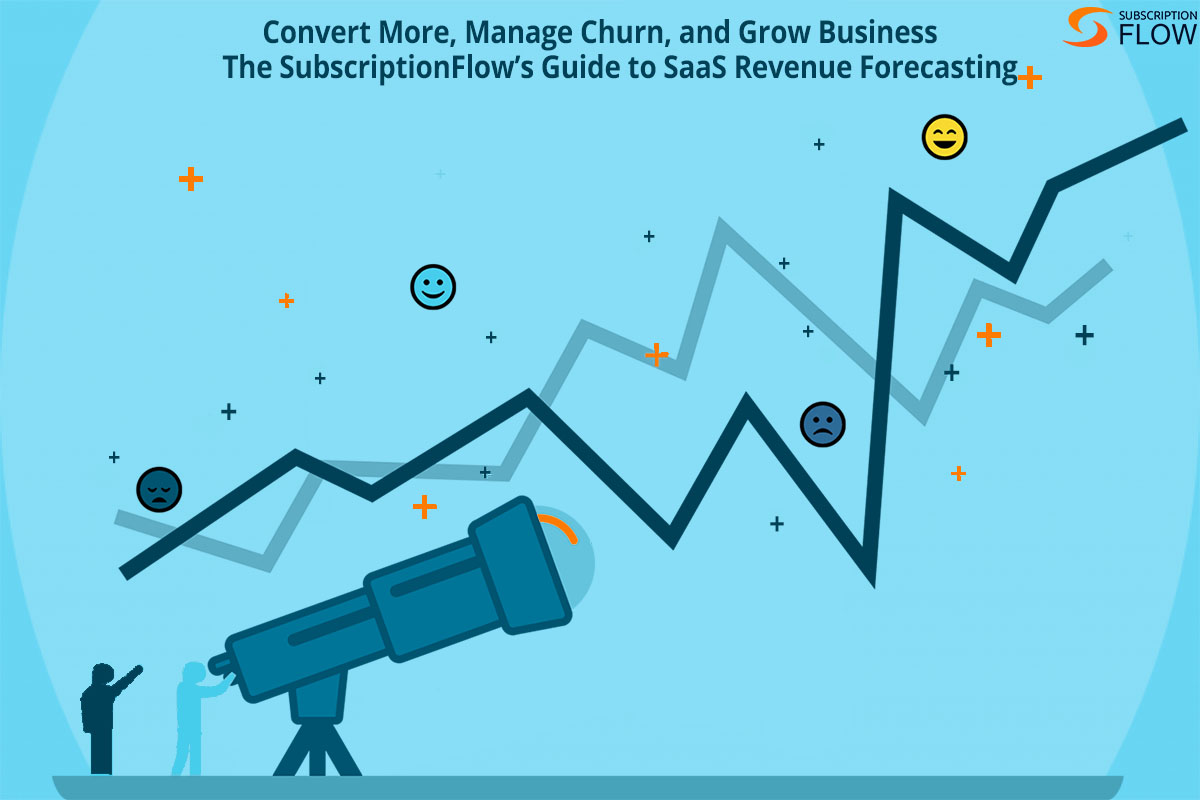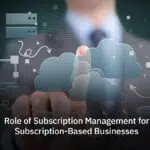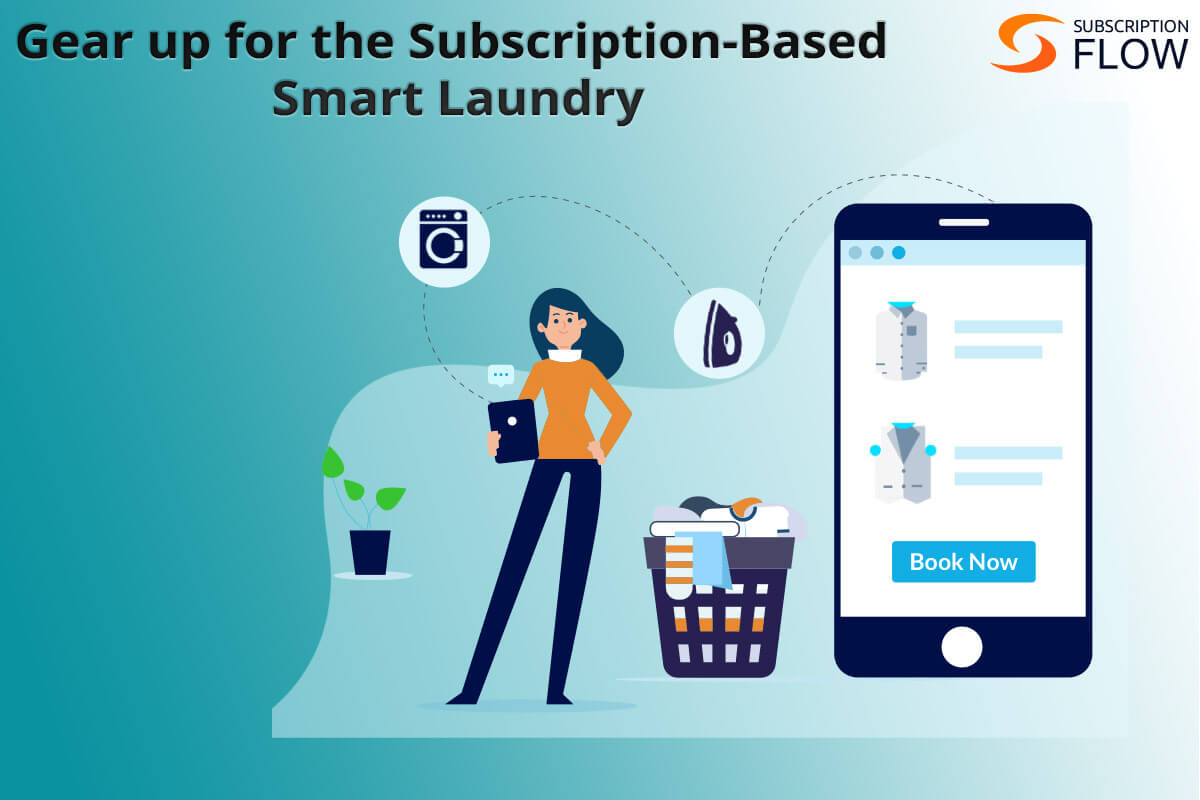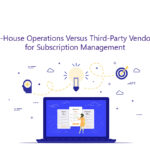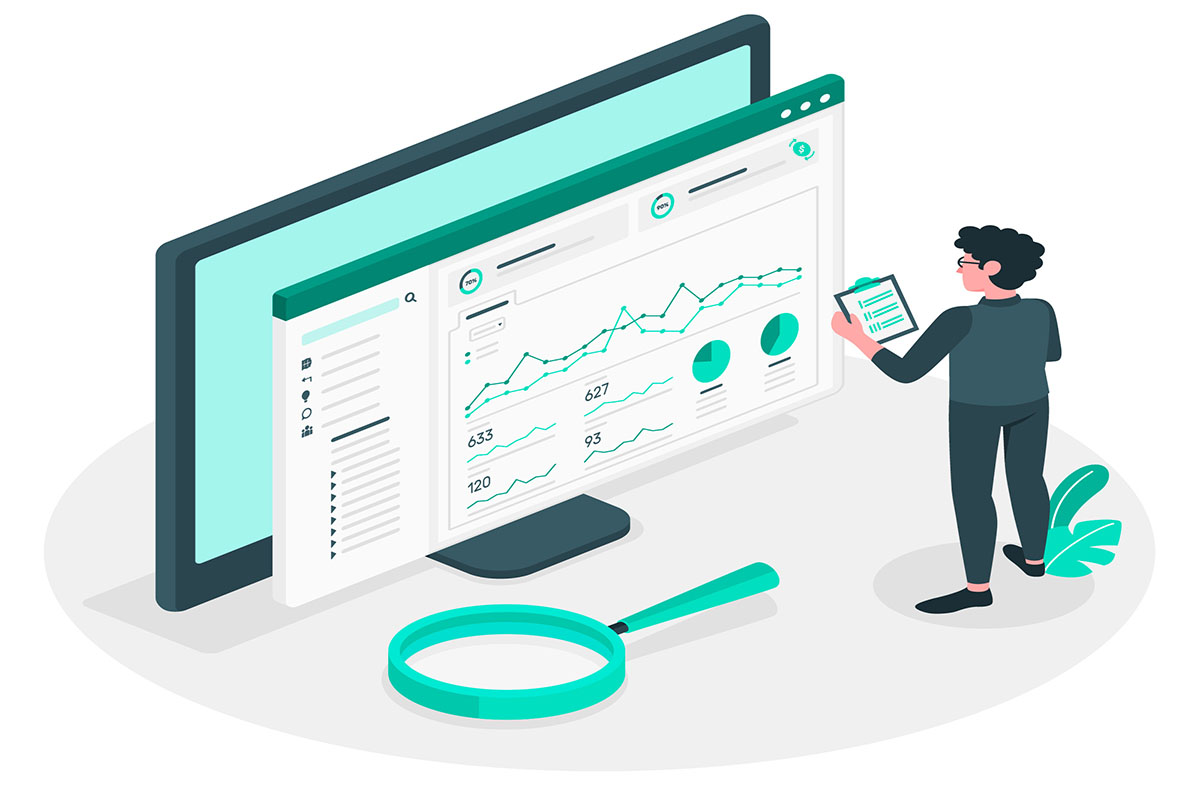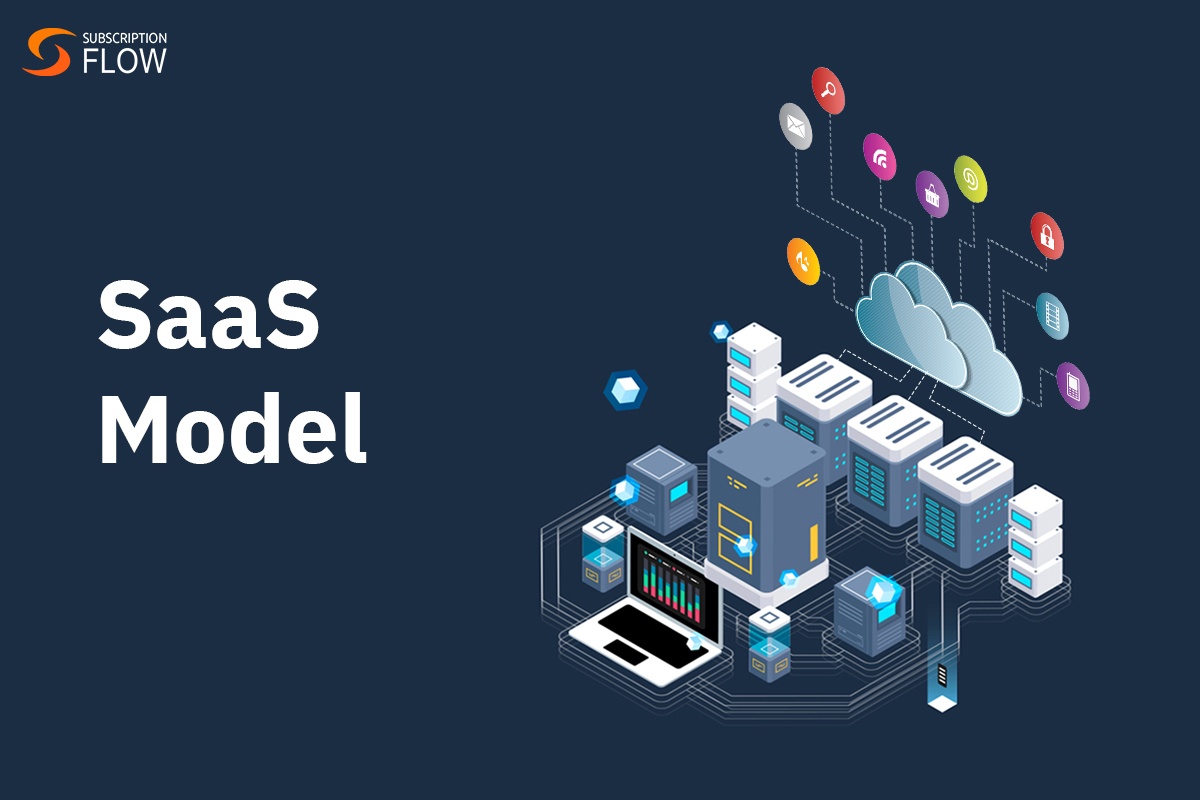
The SaaS Business Model
Consciously or unconsciously almost all of us have been a customer of SaaS. You might not know what exactly it represents but be assured we already are a user.
SaaS is the acronym for Software-as-a-software. Also sometimes known as web-based software, on-demand, or hosted software. SaaS Model is completely dependent on the internet. So, without the internet, it would have no existence.
It is part of the bigger evolving technology. Nowadays, people who understand or know SaaS, consider it the best thing ever to exist. It’s potentially a revenue booster for your business.
What is SaaS?
The most basic question of all is: What is SaaS? It’s simple. Delivering applications over the internet in the form of service is SaaS. You don’t need to install, maintain or upgrade a system. All you need is access to the internet or a stable internet connection. It eliminates the complexity of managing multiple software and hardware.
To get access to this software, you need to pay a monthly fee.
To create a SaaS business, hours and hours of coding, knowledge, and amazing interface design skills are required to make the SaaS product worth it.
It is unlike most software because SaaS is cloud-hosted. So, no need to activate the software via a license or any third-party tool. All you need to do is log into the account and that will be it. You will have full access to the software.
Is SaaS in Demand?
If you are running a business or are about to do so, then SaaS is a very attractive service. Even if you run a small business, you wouldn’t be spending thousands of dollars on IT infrastructure solutions with SaaS Model.
Once adapted, SaaS solutions become an integral part of the business. Such as Zendesk for a company based on Customer Service or Slack for a company based on communication. If you go SaaS, you’ll never want to go back.
The SaaS business eliminates this risk for the client that is using the service for their business, who usually only pays a small monthly membership fee.
The main way for a SaaS business to earn money is via recurring membership revenue. Recurring revenue means revenue generated from annual or monthly billing repeatedly. Known as ARR or MRR, it is the basic membership fee that all customers have to pay to get access to the software, its features, and the product it offers.
3 Phases of SaaS
SaaS businesses are very much dependent on re-investment. There are three stages that a SaaS business goes through. All three phases represent a crucial time for the business. Let’s explore these three phases a little:
1. Startup Phase
As the name suggests it is the beginning of the business. Designing and programming the product, marketing it, and pitching for investors, acquiring the first few customers of the product. All of this makes up the startup phase. The prototypes and beta phase is also a part of the startup phase.
2. Hypergrowth Phase
A phase that makes or breaks your entire product is the hypergrowth phase. It is not often talked about but it is the major stress period for a SaaS business. If your product is liked well enough you will need to expand it, introduce more features. There is a big boost in growth, and you might be wondering ‘isn’t that great for a business?’ it is but this means you need to expand your database, acquire more knowledge, which ultimately is going to cost you more money.
Your customers will love your product because your backend is running smoothly. A slight pause in managing backend and your product might just plummet straight to the ground. Like we said, crucial!
3. Stable Golden Goose Phase
This is the easy, exciting, stable stage. You have leveled your product and have started to turn a profit (in hefty amounts) and your infrastructure is so smooth that even new customers cannot shake its foundation.
Advantages of the SaaS model
The SaaS model is the present and future of businesses. Let’s take a look at the pros of using the SaaS Model:
- Easy Customization
The best thing about the SaaS model is the easy customization. You can customize the application according to your business needs. You will have access to unique customizations that will differentiate between your business and other businesses. You would be able to upgrade according to your needs as well. You wouldn’t be paying thousands of dollars for the upgrade. It would be affordable and easy to maintain.
- Accessibility
You get access to all data servers without complex procedures making it easier to manage the software. You can monitor the data and privileges as well as ensure everyone sees the same information at the same time.
- Multi-tenancy
In simple words, Multi-tenancy is an architecture in which a single instance of a software application serves multiple customers. Each customer is called a tenant.
This means that users share a common, single infrastructure and code that is maintained centrally. So, any upgrade will be available to everyone at once, and access to new information and database will be readily available as well.
- Security
If you are using software or an application you would want it to be encrypted and secure to assure the security of your data. All SaaS models are heavily secure. Being cloud-hosted all the data and information is secure and safe at the backend with virtually no access to any other person
In Short,
You need to be very strategic when adopting a SaaS Model. Making the decision that is going to make it to the long run. Whether you are a vendor or a seller, make sure to explore all the points and study the model before making an informed decision.
For a subscription-based solution, schedule a demo today with SubscriptionFlow.






